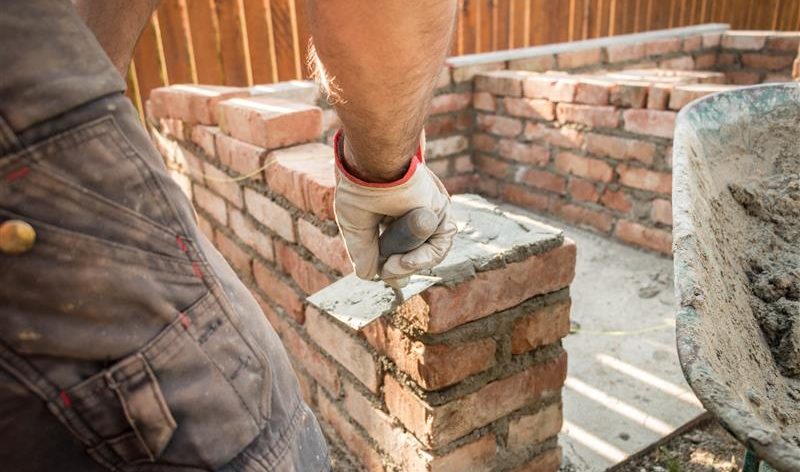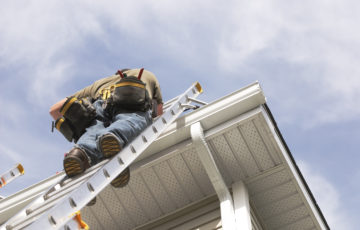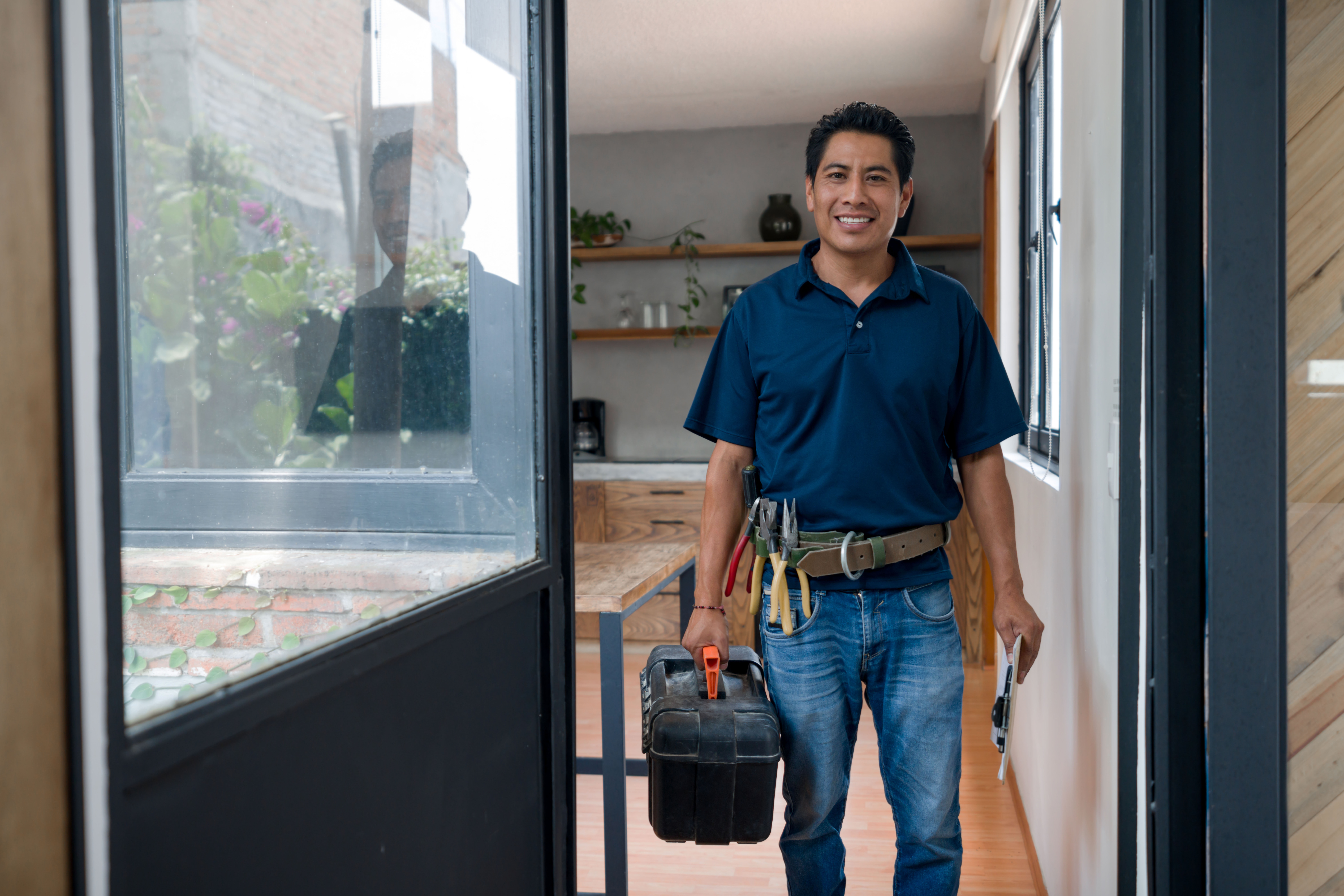Are you considering enrolling in a bricklaying apprenticeship and pursuing a trade career as a bricklayer? If so, you will enter a trade profession that’s only becoming increasingly in demand due to the booming residential and commercial construction work happening throughout Australia – especially on the outskirts of our capital cities.
Bricklayers work in the construction industry on a variety of projects where bricks are used. Colloquially referred to as “brickies”, bricklayers use their skills and experience to provide a variety of brick construction work to building projects, including brick-based building such as walls, houses, partitions, paving, and a variety of other residential and commercial structures.
What does a bricklaying apprenticeship cover?
A bricklaying apprenticeship is the most common path to becoming a qualified bricklayer in Australia and offers a mix of formal study and on the job experience in the field while you work towards a nationally recognised bricklaying qualification.
There are generally two components to an apprenticeship in bricklaying – the onsite training provided by an employer, and the offsite training provided by TAFE or a Registered Training Organisation (RTO). Think of the onsite training as practical training and the offsite training as the theory component of becoming a qualified bricklayer.
Before enrolling and commencing your bricklayingapprenticeship training, you must first register as an apprentice with an employer who is prepared to employ you for the duration of your apprenticeship – usually three or four years.
During your bricklayer apprenticeship, you will gain hands-on training and experience in the following essential bricklaying skills and disciplines:
- Analysing specifications and building plans to ensure that you are using the specified materials for the project.
- Precisely measuring required dimensions.
- Building and deconstructing high scaffolding.
- Laying bricks in rows to construct walls and other brick structures such as brick fencing.
- Repairing and maintaining bricks and cement blocks.
- Checking and measuring the alignment of bricks.
- Designing shapes and spreading mortar between joints.
To succeed in your bricklaying apprenticeship, it is recommended that you work on developing the following six essential skills:
- Acute attention to detail.
- The ability to read and comprehend building plans.
- The capacity and organisational skills to comfortably multi-task.
- A fantastic eye for design.
- The ability to work as part of a team.
- Have a safety-first approach on every job.
What are the requirements for enrolling in a bricklaying apprenticeship?
To enrol in a Certificate III in Bricklaying and Blocklaying as part of your bricklaying apprenticeship, it is recommended that you have:
- The physical strength and stamina to manage the demands of bricklaying work.
- Experience in handling tools (including power tools), bricklaying equipment, and construction materials.
- Language, Literacy and Numeracy at Year 10 high school level or above.
- The ability to work independently and as part of a team.
- Good hand-eye coordination.
To commence a bricklaying apprenticeship you will also need to:
- be an Australian citizen; or hold an appropriate work visa;
- be at least 15 years of age; and
- have completed a relevant pre-apprenticeship.
While completing your Certificate III in Bricklaying and Blocklaying there are two important documents that you will be required to provide to your teacher at TAFE or your chosen RTO provider. These are:
- A general construction induction card: Commonly referred to as a ‘white card’), a general construction induction card permits the holder to enter a construction site.
- A Language, Literacy and Numeracy skills test: This skills test helps assessors understand your individual study needs, which helps to provide you with the appropriate support for your study needs. To pass your Language, Literacy and Numeracy (LLN) skills test, you need to achieve a score of:
- three across learning and oral communication;
- two across reading and writing;
- one in digital literacy; and
- three across one band of numeracy.
Do bricklaying apprentices need business insurance?
When it comes to insurance for bricklayers, generally apprentices are considered employees. As such, they will be covered under their employer’s business insurance, which may include Public Liability insurance. However, if you are planning a long-term career as a bricklayer you may benefit from bricklayers insurance once you complete your apprenticeship.
Learn more about why bricklayers may consider business insurance and how having business insurance such as Public Liability insurance can play a key role in reducing the risks bricklayers face on site every day. Call BizCover on 1300 920 867 if you would like to discuss your business insurance or compare cost-effective business insurance quotes.
*This information is general only and does not take into account your objectives, financial situation or needs. It should not be relied upon as advice. As with any insurance, cover will be subject to the terms, conditions and exclusions contained in the policy wording. © 2022 BizCover Pty Limited, Public Liability Australia is a business name of BizCover Pty Ltd (ABN 68 127 707 975; AFSL 501769).



